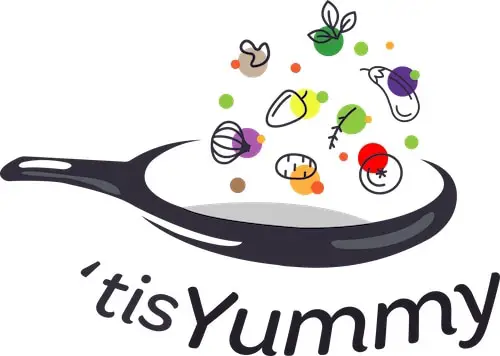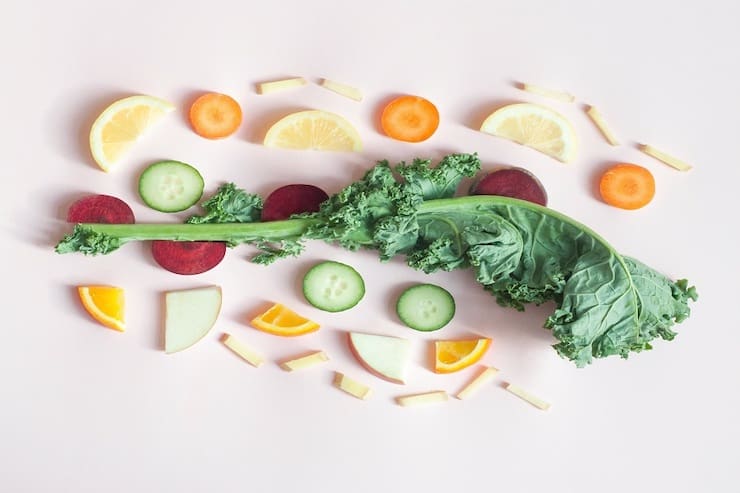More and more people are discovering – and sharing – the benefits of following a keto diet.
You may already be convinced that this is for you. Or perhaps you’re looking for informed and easy-to-understand facts about keto diet basics to help you make up your mind.
Either way, you need to know some key keto diet rules so that your keto journey is a success right from the get-go.
What’s Keto All About?
The idea behind a keto diet – or a ketogenic diet – is to eat a specific combination of macronutrients each day to get your body to start burning fat for fuel instead of sugar (glucose). Typically, we get most of our glucose from carbohydrates, mostly found in grains, starchy legumes, fruit, and vegetables.
One of the keto diet basics is that by eating minimal carbs (about 5%), you can essentially trick your body into burning some of the stored fat that we carry in our liver as a source of energy. And burning fat means, in most cases, weight loss – hence the keto diet’s rise in popularity in recent years.
Because you want your body to be able to use fat as fuel, keto rules dictate that you eat more of it – about 70 to 75% of your daily calories should ideally come from fat. The remaining 20 to 25% of your calories should come from protein.
Where are we going with this combination? Ideally, we are looking to achieve a state of ketosis.
Ketosis is one of the most well-known keto diet basics, and yet it often isn’t fully understood.
Simply put, ketosis is what happens when you don’t have enough carbohydrates to use as energy. Your liver then starts burning fat for fuel, making ketones, which your body then uses for energy.
See also: The Keto Diet for Beginners
Keto Diet Basics: The Most Important Rules to Stick To
Here are the most significant keto diet rules that you really want to stick to so that you’re successful. Get these keto rules under your belt, and you’ll be enjoying the benefits in no time.
1. Eat Fat at Every Meal
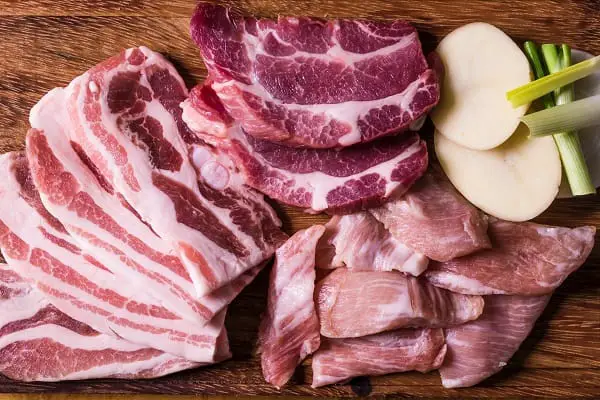
To satisfy the requirement of getting 70 to 75% of your daily calories from fat, one of the essential keto diet rules is to eat fat at every meal. Suppose you eat about 2000 calories a day. In that case, this equates to roughly 165 grams of fat (depending on your particular needs. Some people need more calories a day, depending on their activity levels and other health factors).
However, just because you can eat a lot of fat doesn’t mean you’ll want to be stocking up on palm oil and butter. Prioritize healthy, unsaturated fats, such as nuts and seeds, tofu, olive oil, and avocados.
Be careful with coconut oil, which is best consumed without heating it. Despite many touting it as a healthy cooking oil, recent research has shown that heated coconut oil can raise levels of LDL cholesterol more than other vegetable oils. LDL cholesterol is called the ‘bad cholesterol’, as it thickens in blood vessels and can therefore contribute to heart disease.
2. Eat Lean Protein
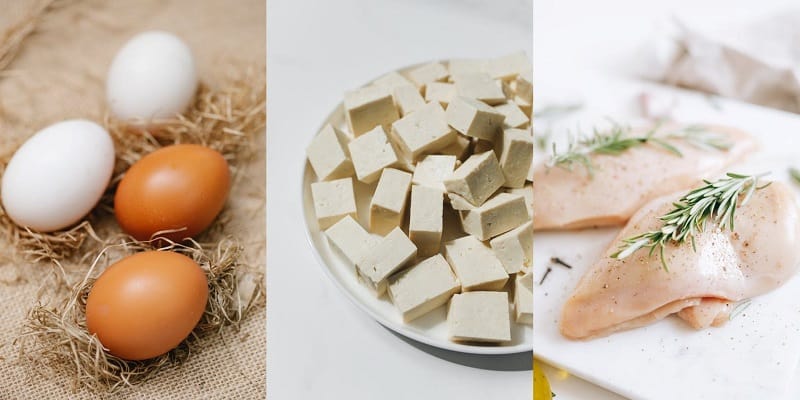
Many keto recipes out there feature fatty proteins such as pork and beef, which are high in saturated fat. The healthiest option is to choose lean protein sources. Tofu (which provides fat, too, as above), chicken, fish, Greek yogurt, and eggs are all excellent protein sources that are low in carbohydrates.
As keto diet basics go, a good amount of protein to aim for is about 20 grams of protein per meal. In practical terms, this could look like:
- 4 eggs (large)
- 3 ½ ounces of poultry or fish (or another meat, if you must)
- A fistful of nuts or seeds (such as almonds, peanuts – unsalted – or pumpkin seeds)
- 1 cup of Greek yogurt
- 1 scant cup of cottage cheese
See also: Common Keto Mistakes
3. Eat a Wide Variety of Low Carb Fruits and Vegetables
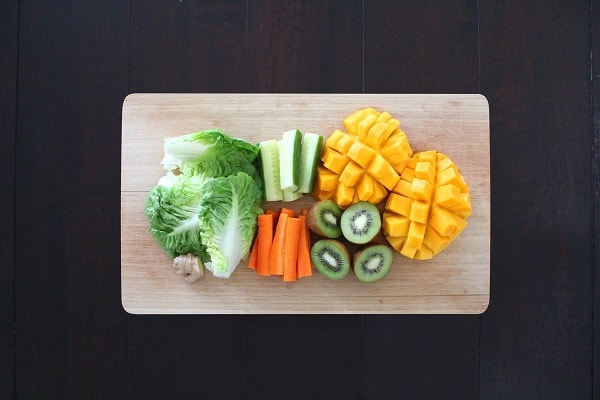
Fruits tend to have a lot of carbohydrates, but you can have certain fruits in small amounts.
Here’s a handy list of the top fruits to eat if you want to keep your carbs to 3 to 13 grams per serving (read more about low-carb fruit here):
- ½ a cup of raspberries or blackberries (3 to 4 grams)
- ½ a cup of cherries or blueberries (8 to 9 grams)
- 8 strawberries (medium-sized, 6 grams)
- One plum or one kiwi (medium-sized, 7 to 8 grams)
- One clementine (9 grams)
- One cup of cantaloupe (11 grams)
- One peach (medium-sized, 13 grams)
As for vegetables, here are the top veggies to eat that are relatively low in carbs. The amount of carbs listed is based on a one-cup serving. Eat a variety of these vegetables as much as possible:
- Romaine lettuce, spinach (0.2 to 0.3 grams)
- Swiss Chard, bok choy (0.8 to 0.9 grams)
- Kale (1.3 grams)
- Celery (1.6 grams)
- Radishes, cucumber, mushrooms (2.1 grams)
- Asparagus (2.4 grams)
- Cabbage (2.9 grams)
- Cauliflower (also an excellent rice substitute! 3.2 grams)
- Broccoli, kohlrabi (3.5 grams of carbs)
- Fennel, zucchini, bell peppers (3.6 to 3.7 grams)
- Green beans (4 grams)
- Brussels sprouts (4.5 grams)
- Spring onions, tomatoes (4.7 to 4.8 grams)
See also: Signs and Symptoms of Ketosis
4. Eat Enough Fiber
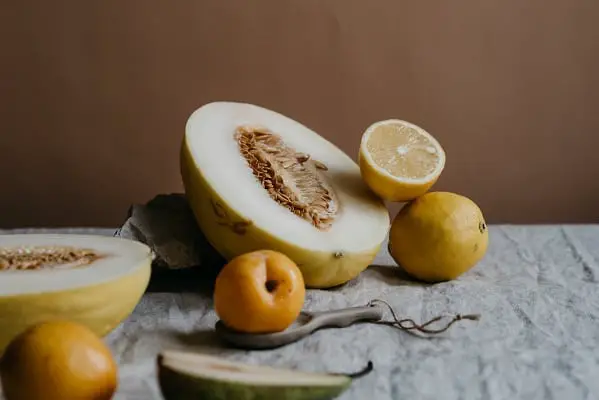
Because keto diet rules don’t allow for grains or legumes, many people following a keto diet can struggle to get enough fiber, leading to problems such as constipation. Most women need 21 to 25 grams of fiber a day, while men need about 30 to 38 grams daily.
To make sure you get the fiber you need without breaking any keto rules, prioritize these low-carb foods that are high in fiber:
- One avocado (13.5 grams of fiber)
- 2 tablespoons chia seeds (11 grams: soak them first, or drink a lot of water as they absorb lots of moisture)
- ¼ cup pecans (3 grams)
- ¼ cup almonds (3.5 grams)
- 1 tablespoon flaxseed (2 grams – for no carbs at all!)
- 1 cup cauliflower (2 grams)
- 1 cup collard greens (cooked, 8 grams)
Hopefully, you now feel armed with your keto diet basics to make the best decision for you!
